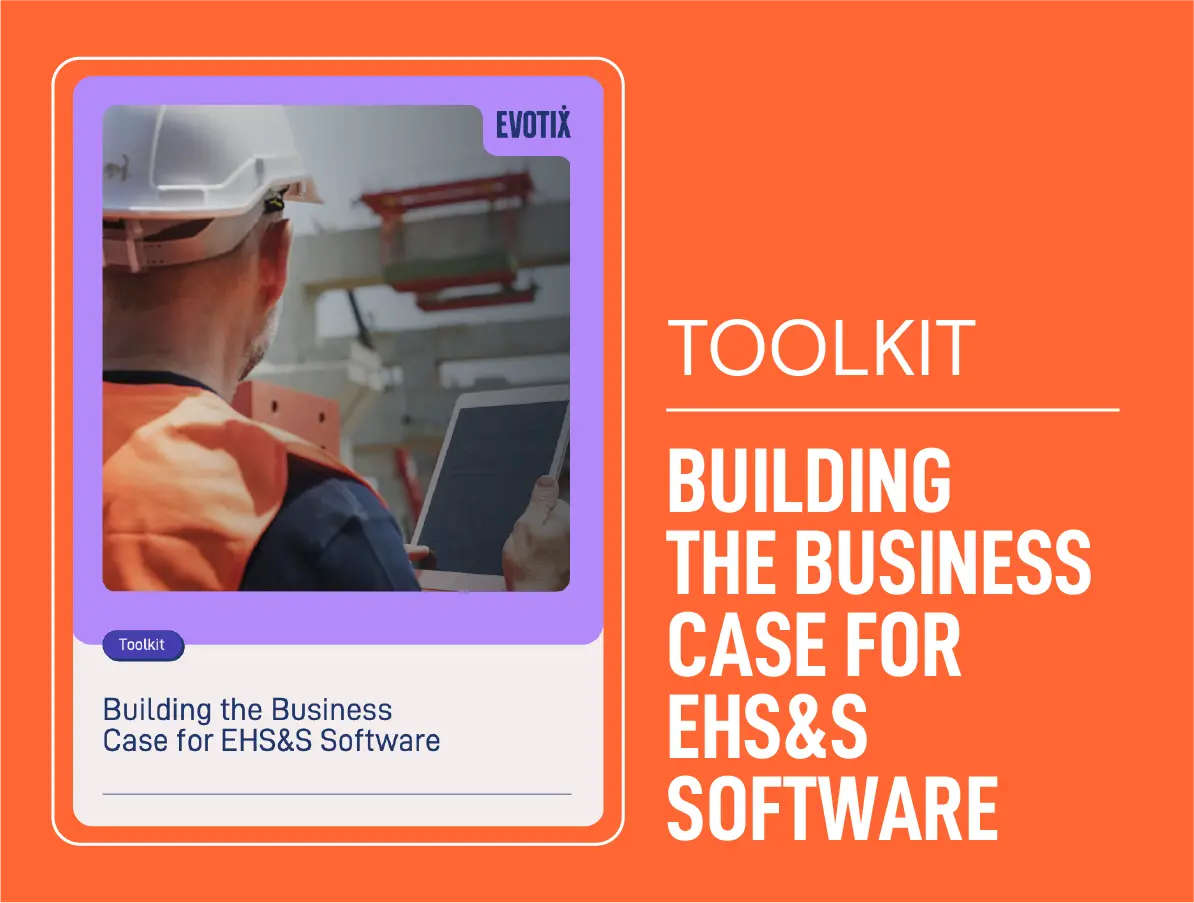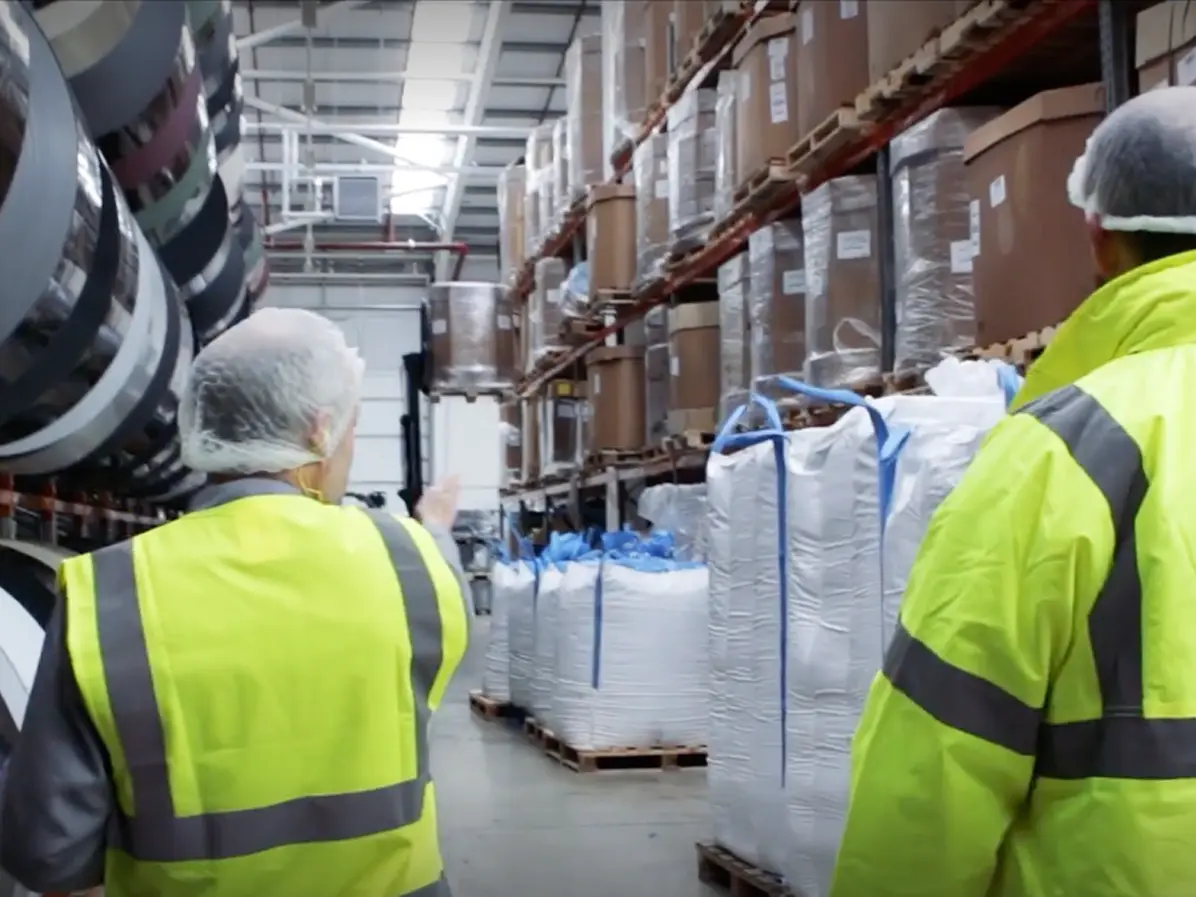
Justifying the investment in EHS&S software can be challenging. While the investment benefits may be obvious to EHS professionals, it can be difficult to successfully create a business case that convinces leadership of buy-in.
The good news is that with some preparation and research, you can do it.
Complete with a roadmap to success, our toolkit, “Building the Businesses Case For EHS&S Software” helps arm your argument with compelling data and highlights the strategic value of implementing innovative solutions.
After reading, you’ll be able to answer questions such as:
- What data points should I use to support my argument?
- Where are there weaknesses in our current health and safety processes?
- Who is most influential in helping build my case?
- What return on investment can EHS software bring?
- How should I structure my case for EHS software when presenting to leadership?
So, what are you waiting for? Grab your copy today to ensure you're building the strongest business case for EHS&S software.
